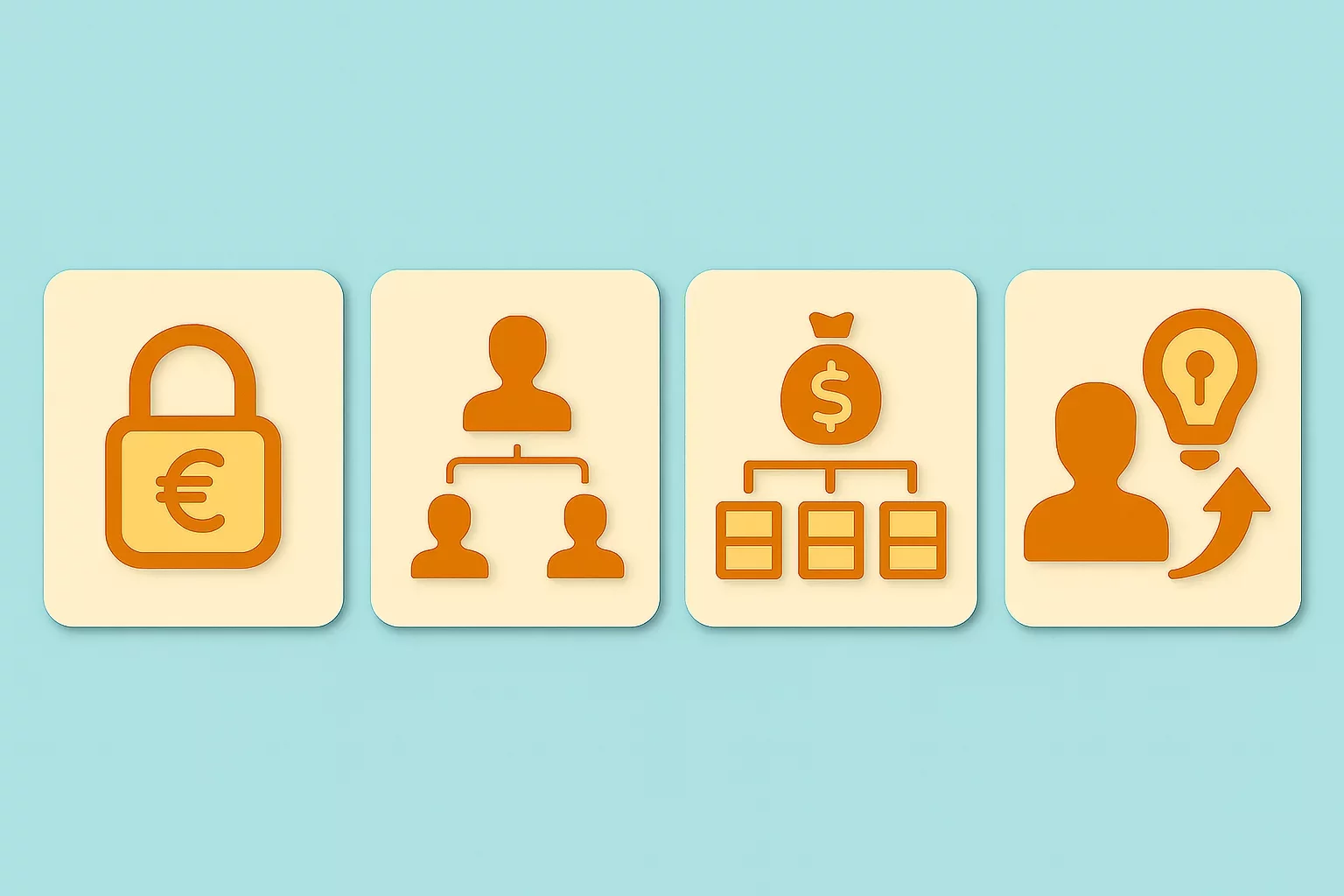Guide to VAT Payments: How to Pay, Manage, and Stay Compliant

When exploring the VAT rules and regulations world, the most common questions are often what VAT is, how to calculate VAT, what input and output VATs are, or what the VAT rates are. However, knowing how to pay VAT is as essential as any other tax management step.
This article will review the most important steps regarding VAT payments and provide critical insights into managing VAT payments and ensuring compliance.
Why is Paying VAT Important?
To explore this topic, we need to state the obvious. As a taxable person, you must pay your VAT on time and correctly to avoid penalties, fines, or interest rates. Failure to pay VAT on time and accurately will result in financial charges that might hurt your business and a tax audit, leading to administrative complexities.
Moreover, all of this may be a distraction from day-to-day business operations that, in the long run, could have a negative impact and more immense consequences on business.
Steps Preceding VAT Payments
Paying due VAT is the last step in the process. Taxable persons must take several other steps before paying VAT. The first step is determining whether national laws have a VAT threshold and what it is. Based on this, you will know when the VAT registration is required.
Once registered for VAT, taxable persons must apply appropriate VAT rates on goods and services, charge VAT to customers, and calculate due VAT.
The next step is to submit the correct VAT return. The VAT return includes information on sales and purchases and the amount due or reclaimable. Depending on the country, online or paper forms are required to file VAT returns adequately.
After all these steps are completed, the last step in the process is to pay VAT.
How to Pay VAT - Managing VAT Payments
The first step in determining how to pay VAT in a particular country is to choose a payment method. Most Tax Authorities offer multiple options for this, and the most common methods include bank transfers, direct debits, or online payment through government portals.
Choosing the proper payment method that aligns with your business's operations and needs is key. For example, setting up direct debit will ensure you meet all the payment deadlines, while an online portal provides a more flexible approach for manual submission.
Besides determining payment methods, accounting or some tax software can simplify calculations, track payment deadlines, and prepare VAT returns. In addition to this, using software can help with record-keeping requirements. Moreover, automating these processes will reduce the possibility of human error in these processes, which can lead to non-compliance.
Finally, effective fund management is essential for seamless VAT payments. Allocating the correct revenue amount will ensure you have available funds to pay VAT. This approach has two effects: it prevents cash flow disruptions and eliminates the stress of finding money at the last minute.
Conclusion
Knowing how to pay VAT and making VAT payments are critical components of tax management that businesses must pay attention to. Accurate and timely payments are essential to avoid penalties and tax audits and ensure smooth everyday business operations. From understanding the national VAT threshold to correctly calculating and reporting VAT, every step of the process plays a critical role in ensuring compliance and financial stability.
Leveraging the right tools and strategies, choosing the most suitable payment methods, and practicing effective fund management can make the obligation of paying VAT into a seamless routine.
Source: HMRC, Office of the Commissioner For Revenue, Danish Customs and Tax Administration
Featured Insights

Angola’s E-Invoicing Mandate: Phased Implementation Continues Into 2026
🕝 December 10, 2025
VAT Deduction and Business Succession: When Do Advisory Costs Serve the Company’s Interest?
🕝 December 8, 2025
Europe’s Plastic Fiscal Shift: Why Italy’s Plastic Tax Now Starts in 2027
🕝 December 3, 2025
The Decline of Low-Value Import Exemptions: Closing Gaps in Cross-Border E-Commerce
🕝 November 20, 2025More News from
Get real-time updates and developments from around the world, keeping you informed and prepared.
-e9lcpxl5nq.webp)
